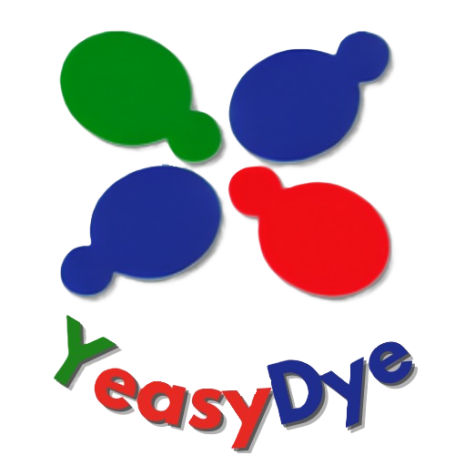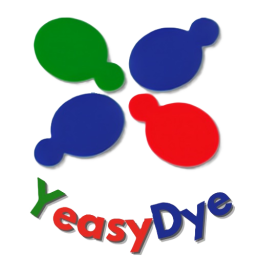We are the future of dye production
Growing Demand for Food Colors
The global market for food colourings is vast and highly profitable, driven by consumer demand for visually appealing food products. Predicted to continue its growth, this market underscores the critical role of colour in influencing purchasing decisions. Attractive and vibrant food presentations are essential for consumer satisfaction and can significantly impact brand success and product preference.
However, current food colourings come with significant drawbacks, from health risks to environmental and ethical concerns. These challenges highlight the need for innovative solutions like YeasyDye, which offers safer, more sustainable alternatives.
Issues with Artificial Food Colors
Artificial food colours are widely used but has its downsides. Many are suspected carcinogens, raising serious health concerns among consumers [1]. Additionally, their production is complex and resource-intensive. The process involves multiple synthesis steps, which require various chemicals and intermediates [2]. This makes the production lengthy and environmentally taxing.
The intricate and resource-heavy nature of producing artificial dyes underscores the urgent need for safer, more sustainable alternatives. Consumers are increasingly aware of the health and environmental impacts of artificial colourants, driving demand for innovative solutions.
Challenges with Natural Food Colors
While natural food colourings are often seen as healthier alternatives, they come with significant challenges.
Plant-Derived Colors
Plant-based colorings require substantial water and energy for production and have lower coloring strength compared to artificial dyes. This means more material is needed to achieve the desired effect, leading to higher costs and environmental impact. Additionally, their availability is limited by regional and seasonal factors, and the use of pesticides and mycotoxins during cultivation poses health risks [3].
Animal-Derived Colors
Animal-derived colourings, such as E120 (Carmine Red), are produced from toxic insects through intensive processes [3]. These methods are not only ethically questionable but also expensive and less effective, making them unsuitable for the growing market of vegan and ethically conscious consumers.

Number of vegan and vegeterian people between 2015 and 2022 in germany. Number of people in million.
Source: https://veganivore.de/anzahl-veganer-statistiken-fakten/
Pro-vegan
Lifestyle changes are further driving the need for better food colour solutions. The rise of veganism has highlighted the limitations of current natural dyes. For instance, E120 (Carmine Red) is produced by grinding down insects, making it unsuitable for vegans. The increasing number of vegans, as shown in the graphic, underscores the market potential for vegan-friendly food colourings. By adopting YeasyDye, the food industry can tap into this expanding market and align with ethical consumer preferences.
- Dey and Nagababu (2022)
- Ali and Bassam (2005)
- Gebhardt et al. (2020)
Wir benötigen Ihre Zustimmung zum Laden der Übersetzungen
Wir nutzen einen Drittanbieter-Service, um den Inhalt der Website zu übersetzen, der möglicherweise Daten über Ihre Aktivitäten sammelt. Bitte überprüfen Sie die Details in der Datenschutzerklärung und akzeptieren Sie den Dienst, um die Übersetzungen zu sehen.

